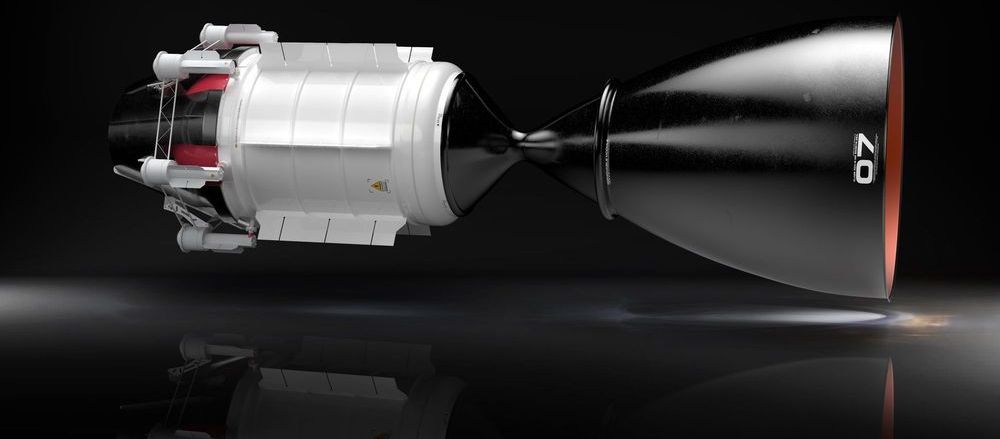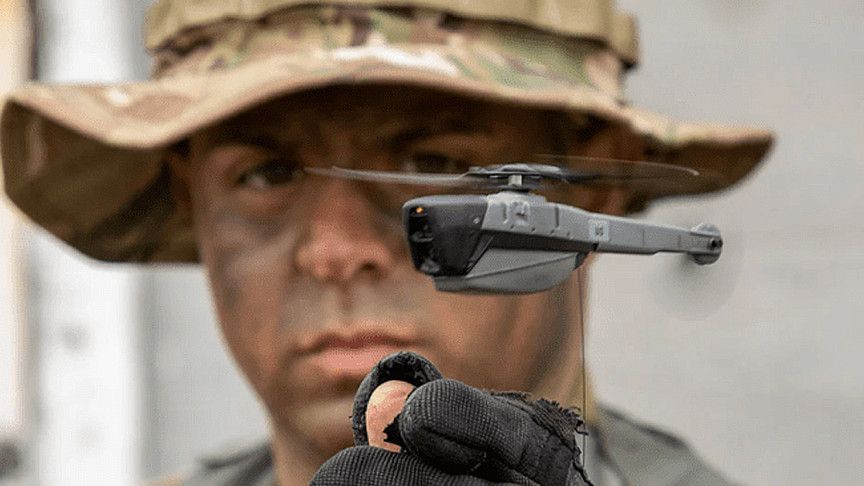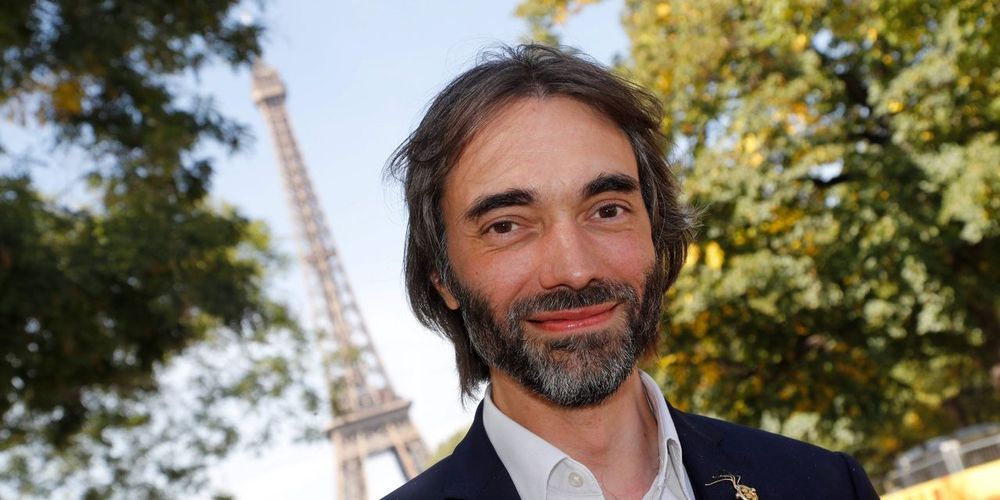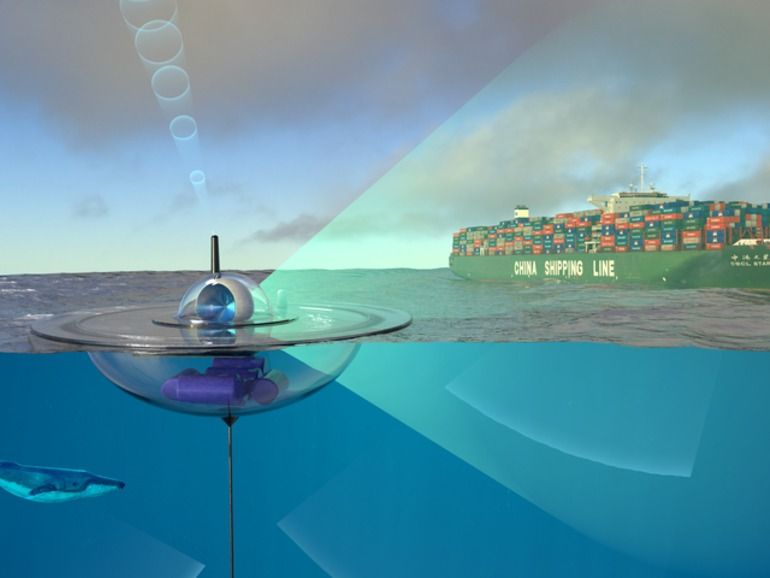If this works out… Thank you llamas! 😃
An antibody produced by llamas seems particularly effective at neutralizing a key protein of the novel coronavirus.


Well, at least they’re having fun with it.
Most sun oriented homesteads adjust their sunlight based exhibits in lines and segments to shape a matrix.
Another sun based force plant in Datong, China, be that as it may, chose to have some good times with its structure. China Dealers New Vitality Gathering, one of the nation’s biggest clean vitality administrators, fabricated a 248-section of land sun powered ranch looking like a mammoth panda.


Seattle-based Ultra Safe Nuclear Technologies (USNC-Tech) has developed a concept for a new Nuclear Thermal Propulsion (NTP) engine and delivered it to NASA. Claimed to be safer and more reliable than previous NTP designs and with far greater efficiency than a chemical rocket, the concept could help realize the goal of using nuclear propulsion to revolutionize deep space travel, reducing Earth-Mars travel time to just three months.
Because chemical rockets are already near their theoretical limits and electric space propulsion systems have such low thrust, rocket engineers continue to seek ways to build more efficient, more powerful engines using some variant of nuclear energy. If properly designed, such nuclear rockets could have several times the efficiency of the chemical variety. The problem is to produce a nuclear reactor that is light enough and safe enough for use outside the Earth’s atmosphere – especially if the spacecraft is carrying a crew.
According to Dr. Michael Eades, principal engineer at USNC-Tech, the new concept engine is more reliable than previous NTP designs and can produce twice the specific impulse of a chemical rocket. Specific impulse is a measure of a rocket’s efficiency.
Will astronauts have fungi shields as protection against radiation in the future? 😃
When astronauts return to the moon or travel to Mars, how will they shield themselves against high levels of cosmic radiation? A recent experiment aboard the International Space Station suggests a surprising solution: a radiation-eating fungus, which could be used as a self-replicating shield against gamma radiation in space.
The fungus is called Cladosporium sphaerospermum, an extremophile species that thrives in high-radiation areas like the Chernobyl Nuclear Power Plant. For C. sphaerospermum, radiation isn’t a threat — it’s food. That’s because the fungus is able to convert gamma radiation into chemical energy through a process called radiosynthesis. (Think of it like photosynthesis, but swap out sunlight for radiation.)
The radiotrophic fungus performs radiosynthesis by using melanin — the same pigment that gives color to our skin, hair and eyes — to convert X- and gamma rays into chemical energy. Scientists don’t fully understand this process yet. But the study notes that it’s “believed that large amounts of melanin in the cell walls of these fungi mediate electron-transfer and thus allow for a net energy gain.”

The U.S. army will have pocket sized drones.
Nano drones have become a major military tool over the past few years, and the most recent announcement of FLIR Systems being awarded an additional $20.6 million contract for their Black Hornet 3 Personal Reconnaissance Systems (PRS) by the U.S. Army is one big example of that.
While the contract is huge, the FLIR Systems Black Hornet 3 is only the size of a cellphone. This extremely light and nearly silent drone can fly up to 25 minutes, and provide many military advantages in combat.
With this second contract, FLIR Systems will be providing the service with additional miniature reconnaissance drones as part of the ongoing soldier-borne sensor program, National Defense reports.

U.S. company can keep hosting vast coronavirus-related project but must protect French citizens’ health data from American government, court rules.
A French court has ruled that Microsoft Corp. can continue hosting a government-run project aggregating citizens’ anonymous health data to use for AI-based research, but must guarantee no data will be sent to the U.S. or be shared with American intelligence authorities.
The ruling, handed down last week, contradicts the stance of France’s data protection authority, which told the court this month that any U.S. cloud provider could be forced to comply with U.S. surveillance laws and should therefore not be allowed to host sensitive health data. The regulator’s opinion could provide clues for other companies handling such data, legal experts say.
Companies are wrestling with tricky decisions about moving their data from the European Union to the U.S., following a court decision this summer that required personal data transferred there to include special guarantees against surveillance by the American government.


Why is one particular intellectual capacity valued over so many other worthy qualities, like compassion, honesty, courage, and common sense?
A t some point during the past decade, Harvard professor Michael Sandel started to notice the increasingly frequent invocation of a particular word: “smart.” The term was being applied to all manner of products and devices: smart phones, smart cars, smart thermostats, even smart toasters. He also heard the word creeping into the language of politics, employed to justify and promote governmental initiatives. “The way the word was being used bothered me,” Sandel says. “It seemed to pair a narrow kind of technocratic expertise with an attitude of smug superiority.”
Political philosopher that he is, Sandel decided to conduct an analysis of presidential rhetoric. Before the 1980s, he found, American presidents rarely used the word “smart” in their public speeches. Ronald Reagan and George H.W. Bush employed the term relatively sparingly. But the use of the word in presidential remarks “exploded” during the administrations of Bill Clinton and George W. Bush, Sandel reported, with each man uttering the word “smart” at least 450 times. Barack Obama spoke it more than 900 times, and Hillary Clinton often invoked the term both as Secretary of State and as a candidate running for the highest office. This “rhetorical tic,” Sandel came to recognize, was representative of a much more sweeping cultural change, one he addresses with concern in his new book, “The Tyranny of Merit.” Over the past 40 years, he observes, America’s ruling class has exalted one quality, one virtue, one human attribute above all others: smartness.

Ocean of Things was outlined by DARPA in 2017 and the rough idea revolved around deploying small drifters in the Southern California Bight and Gulf of Mexico to collect data on environmental and human impacts. The small devices collect sea temperature and state, surface activities and data on marine life.
PARC’s contract calls for up to 10,000 more compact drifters. In phase one of Ocean of Things PARC built 1,500 drifters.